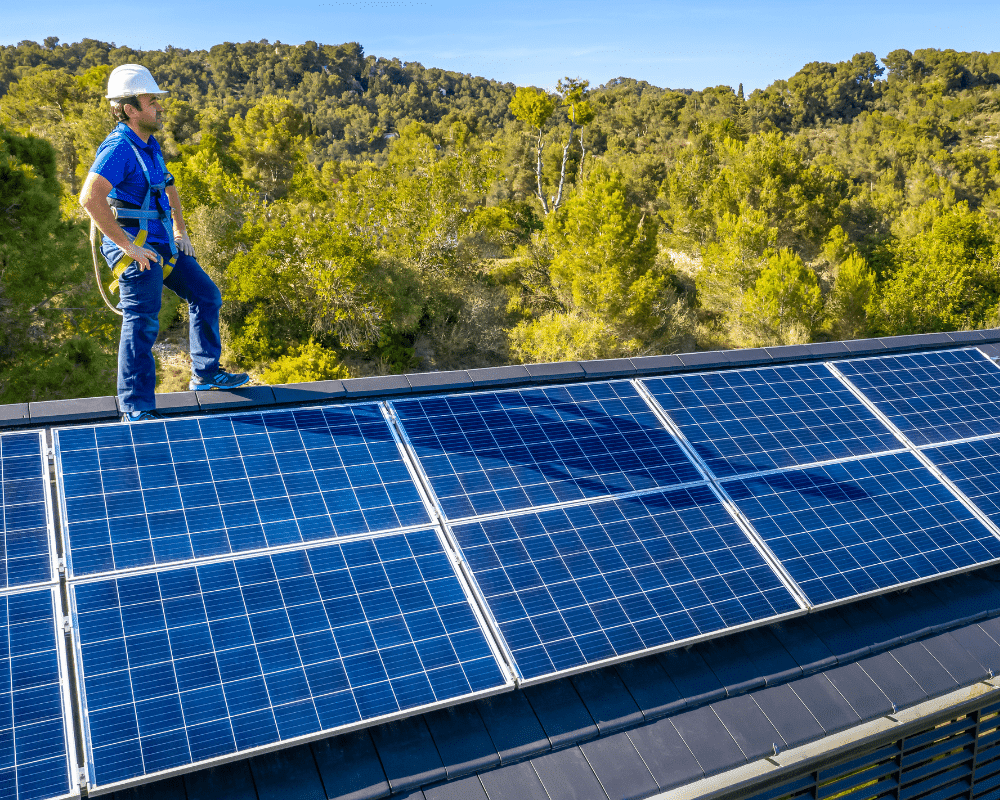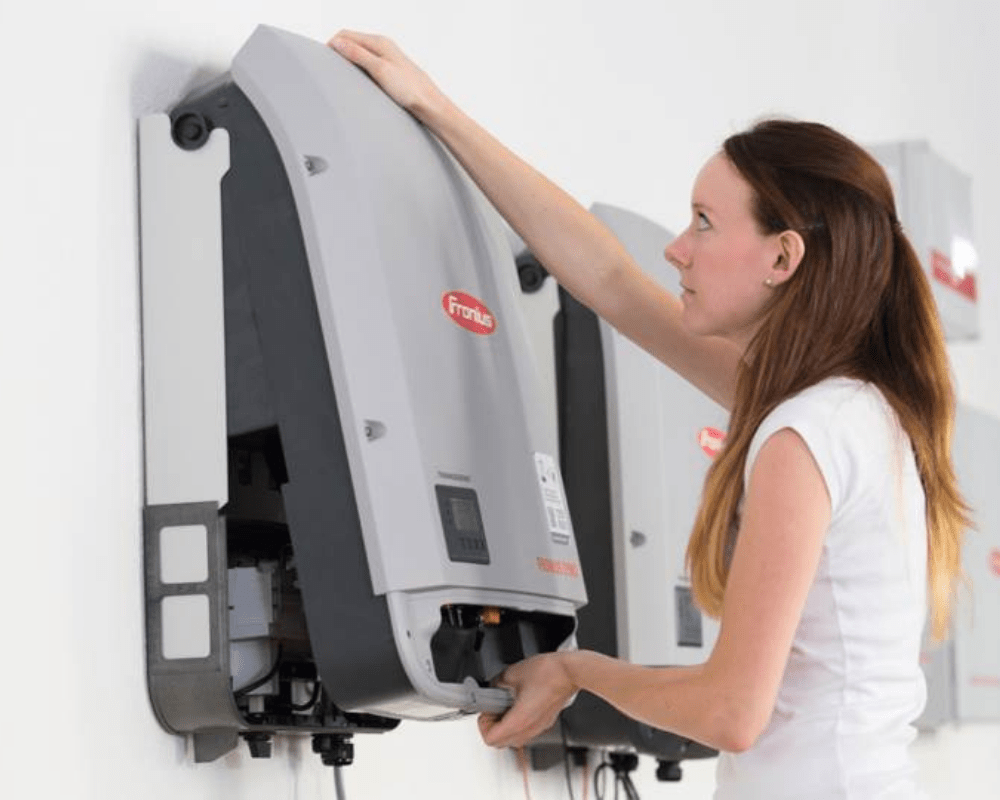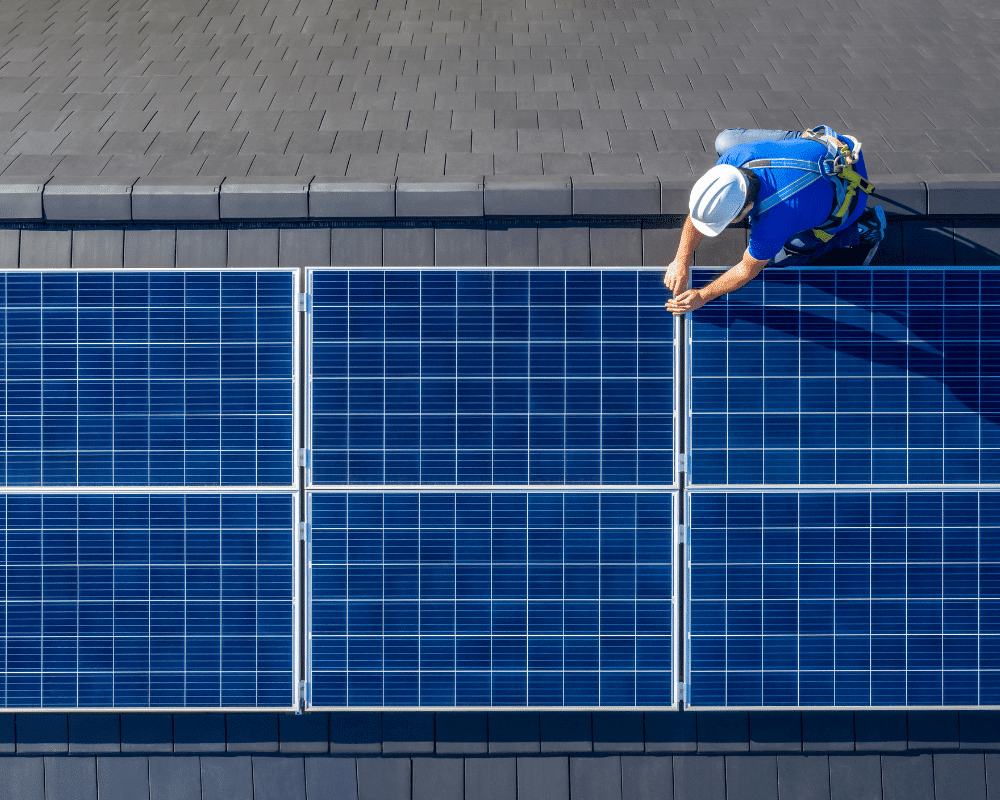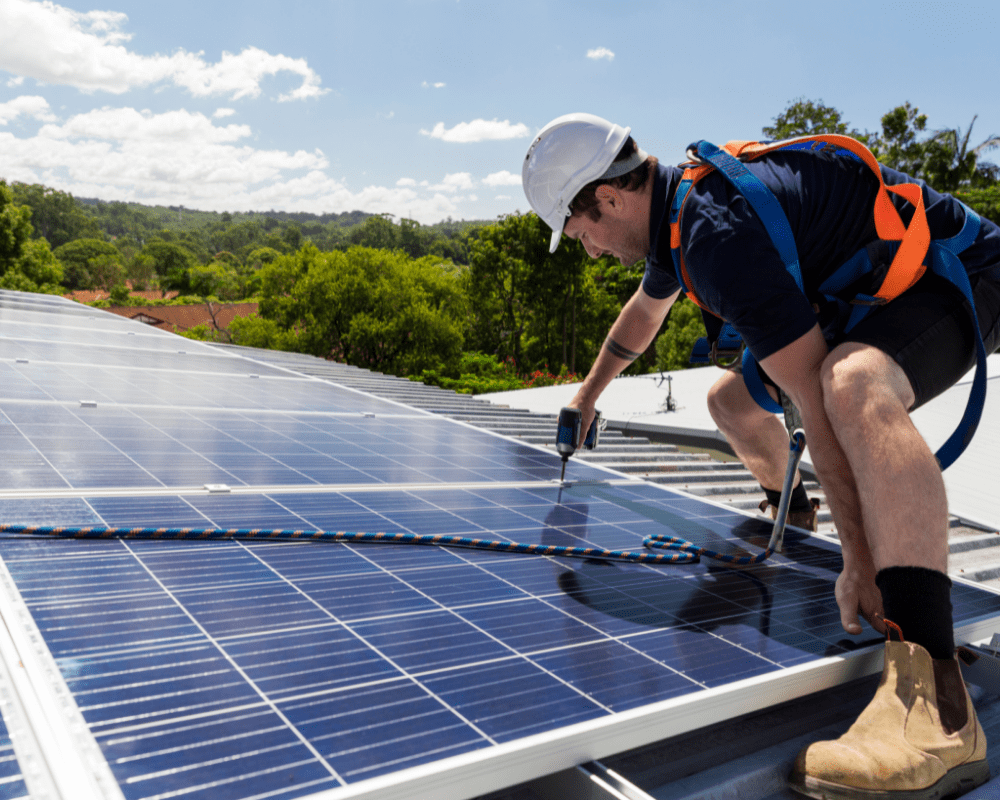Compare Solar Panel Retailers
Solar power can help to dramatically reduce your electricity bills. GoSwitch compares solar quotes from leading Australian solar retailers so homeowners can lower their energy bills sustainably for a cleaner renewable energy future.
Why install solar panels?
If you are looking to decrease energy bills, you have probably considered using solar power to cover some of your household electricity costs. Solar power can make your home more energy efficient and is a cost-effective long-term strategy. There are lots of solar suppliers in the market, making a GoSwitch price comparison search of the best solar panel brands the easy way to find the best solar system for your home.


Choosing the best solar panels in Australia
Choosing the best solar panels includes three main considerations: cost, quality and suitability of products available from solar installers. There are a number of Clean Energy solar retailers in Australia, and GoSwitch can help you choose the right solar system to suit your needs. Simply enter your postcode to get started with a solar panel retailer/installer price comparison.
Is it a good time to buy solar panels?
New solar technologies such as Q cell and bifacial panels have dramatically improved product durability and solar power output potential. Now is a great time to buy solar. There are several incentives that make solar energy appealing, such as government rebates and highly competitive feed-in tariffs from electricity retailers. A GoSwitch price comparison search will take only minutes to put you in the picture. Plus, you can speak to a solar energy expert about energy-saving ideas and higher efficiency. The GoSwitch service is 100% free, and the savings are all yours.

Where to buy the best home solar panels in Australia
Prices can vary significantly between companies and installers, so you will need several quotes from separate providers to find the best quality panel setup for your home. Solar panel prices come down to multiple factors, including:
- The type of solar panel: monocrystalline, polycrystalline or thin film.
- The number of panels you need: eight, 12, 24 or somewhere in between.
- The solar panel supplier: are they certified, and do they provide a warranty?
- The type of inverter: string or micro-inverter.
Reputable solar companies will provide you with all of this information, along with the energy-efficiency of their products and types of battery storage systems. Your solar installer should consider industry-approved and certified products based on your specific circumstances.

How much do solar panels cost?
The cost of solar panels in Australia will depend on the size of the system, installation expenses, and any applicable rebates subtracted from the price. For a typical 3kW PV system with roughly seven panels, you can expect to pay between $3,500 and $5,000. However, it’s best to get at least three quotes from trusted solar installation companies with a GoSwitch price comparison search before making a final decision.

Things to check before purchasing solar panels
- The property is in your name, or you have your landlord’s permission to install solar.
- The roof of your home has access to sunlight and is not shaded by trees.
- The roof space is large enough (usually a 15 square metre minimum).
- The roof is built strong enough to support the weight of solar panels.
- Your home faces the right direction. North-facing panels produce full solar energy capacity.
- There are no local government by-laws prohibiting a solar panel installation.
- You have received multiple quotes from reputable retailers.

FAQs
What are the best solar panels in Australia?
There are three main types of solar panels: monocrystalline, polycrystalline and thin film. Monocrystalline panels are often considered some of the best solar panels in Australia, due to their high efficiency. However, less expensive polycrystalline solar cell technology has improved dramatically in recent years, making them a viable alternative.
How many solar panels do you need?
A solar panel can produce electricity wattage in a range from 40w to 400w. More panels won’t necessarily equate to more electricity, so you should instead calculate your needs by looking at the solar system size as a whole. If you have a photovoltaic solar battery to store power or you use lots of appliances when the sun is at its hottest, it might be worth upgrading to a larger system.
What is the average payback time for solar panels?
The time it takes for a solar panel system to pay for itself will depend on a number of factors. These include the upfront costs, size of system, feed-in tariff rate and how much energy you use. On average, a solar panel system will pay for itself within 3 to 5 years.
Compare Solar with GoSwitch and Save on Energy Bills
A GoSwitch solar panel comparison search is the convenient way to find solar panel manufacturers who focus on high-quality temperature coefficient products for better solar panel efficiency. Our solar partners offer superior deals that include a product warranty and performance warranty. Make the switch to solar with GoSwitch for complete peace of mind.
* Along with the best solar panel deals, The GoSwitch price comparison search engine can find the best electricity plans, gas plans, internet service provider plans, and private health insurance. We’ve got you covered!

 9,762 reviews on
9,762 reviews on 